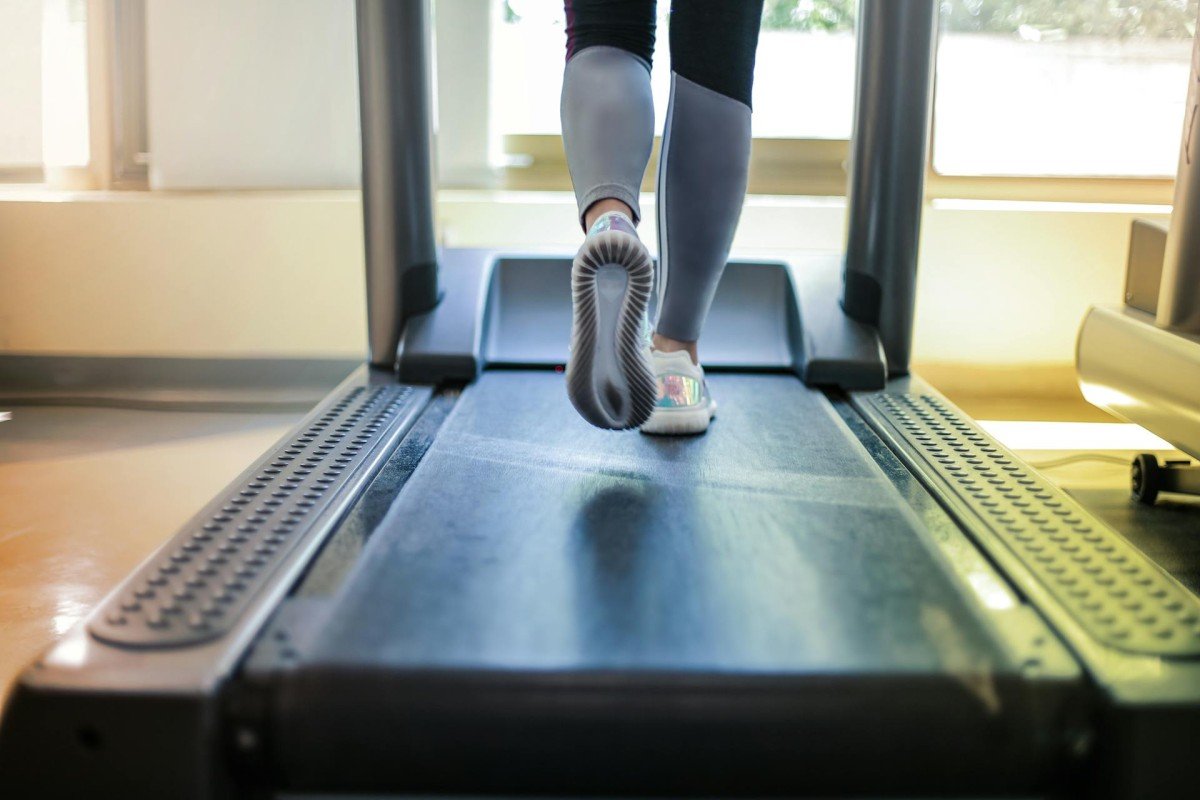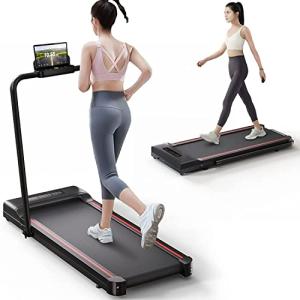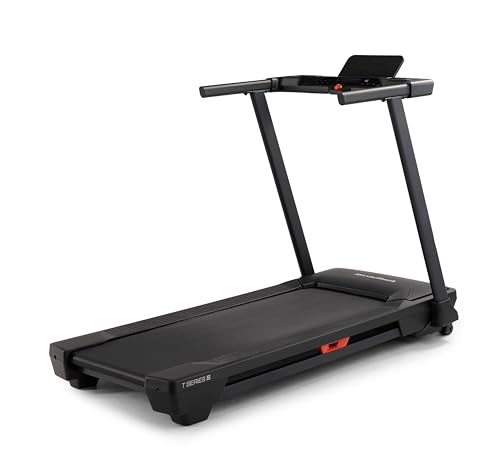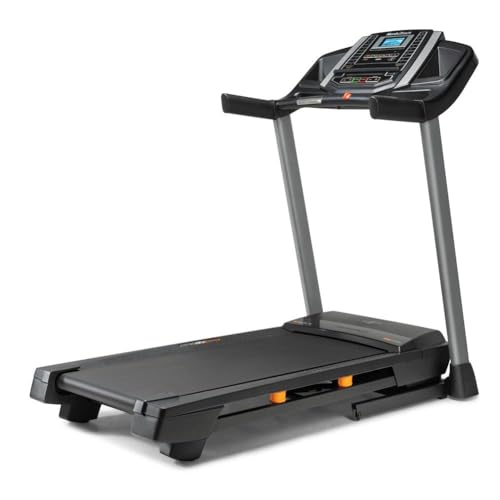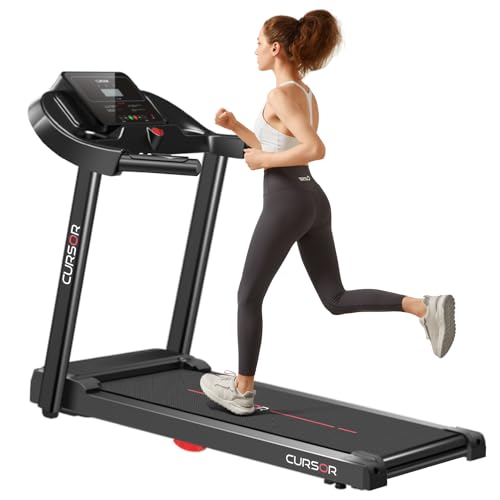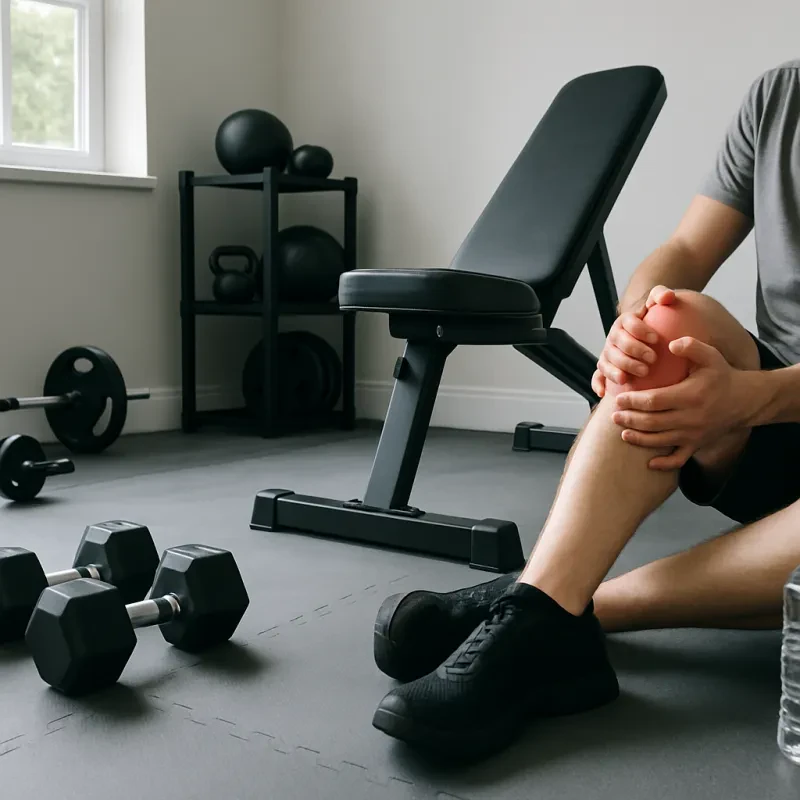Setting up your treadmill correctly is essential for safety, longevity, and performance. Whether you’re assembling a brand-new treadmill or relocating an existing one, taking the time to ensure a proper setup will help prevent injuries, malfunctions, and unnecessary wear and tear.
This guide will walk you through the step-by-step process of treadmill setup, including placement, assembly, calibration, safety precautions, and maintenance tips to maximize your workout experience.
1. Choose the Right Location
Where you place your treadmill impacts safety, noise levels, and ease of use. Make sure to set it up in a location that meets the following criteria:
Key Considerations:
-
Flat, Level Surface – Placing your treadmill on an uneven surface can cause instability and affect motor performance.
-
Adequate Space Around the Treadmill – Leave at least 2-3 feet of clearance on the sides and 6 feet behind to prevent accidents.
-
Strong, Stable Flooring – Use a treadmill mat to protect floors, reduce noise, and absorb impact.
-
Proper Ventilation – Ensure good airflow to prevent overheating of the motor and to maintain a comfortable exercise environment.
-
Power Source Accessibility – Plug your treadmill directly into a dedicated outlet to avoid electrical issues.
2. Assemble Your Treadmill Correctly
If your treadmill is new, follow the manufacturer’s instructions for proper assembly.
General Assembly Steps:
-
Unbox the Parts – Lay out all the pieces and confirm that you have all necessary components.
-
Attach the Base and Uprights – Secure the frame, console, and handles using the provided screws and bolts.
-
Connect the Cables – Carefully attach the wiring for the display screen, heart rate monitor, and control panel.
-
Secure the Belt – Ensure the running belt is centered and properly tensioned.
-
Tighten All Bolts and Screws – Double-check everything is firmly secured before first use.
3. Calibrate and Test Your Treadmill
Once assembled, calibrate your treadmill to ensure proper belt alignment and motor function.
How to Calibrate Your Treadmill:
-
Power On and Check Display – Confirm that the console and buttons are functioning.
-
Align the Running Belt – Adjust the belt tension using the rear roller bolts if it drifts to one side.
-
Lubricate the Belt – Apply a silicone-based lubricant as recommended by the manufacturer.
-
Test at Low Speed First – Walk at 1-2 mph to check for any unusual noises or jerky movements.
4. Safety Precautions for Treadmill Use
To prevent injuries and ensure a safe workout environment, follow these important safety tips.
Essential Safety Measures:
-
Use the Safety Key – Always attach the safety clip to your clothing in case you need to stop the treadmill quickly.
-
Step On and Off Correctly – Always straddle the belt before starting and step off only when it’s completely stopped.
-
Start Slow and Increase Gradually – Avoid jumping on a fast-moving belt to prevent falls.
-
Keep Children and Pets Away – Prevent unintended use by unplugging the machine when not in use.
5. Customize Your Treadmill Settings
Modern treadmills come with adjustable settings to enhance your workout experience.
Treadmill Customization Options:
-
Incline Adjustment – Simulate outdoor terrain for a more intense cardio session.
-
Speed Settings – Start at a comfortable pace and gradually increase intensity.
-
Pre-Set Workout Programs – Many treadmills offer interval, endurance, and weight loss programs.
-
Heart Rate Monitor – Track your fitness levels in real time.
6. Regular Maintenance for Long-Term Performance
Proper maintenance helps extend the life of your treadmill and ensures a smooth workout experience.
Weekly Maintenance Checklist:
-
Wipe down the console, handles, and belt after each use to prevent dust buildup.
-
Inspect the power cord and connections for any damage.
Monthly Maintenance Tasks:
-
Check for loose bolts and screws.
-
Apply belt lubrication if needed.
-
Test the emergency stop function.
Annual Maintenance Tips:
-
Inspect the motor compartment for dust accumulation.
-
Verify the belt tension and alignment.
-
Replace worn-out safety key cords or heart rate sensors.
7. Troubleshooting Common Treadmill Issues
If you encounter problems with your treadmill, here’s how to fix common issues:
Common Treadmill Problems and Solutions:
| Problem | Cause | Solution |
|---|---|---|
| Belt Slipping | Loose belt tension | Adjust the rear roller bolts |
| No Power | Faulty power source | Check outlet and circuit breaker |
| Uneven Speed | Motor or belt issue | Lubricate the belt and recalibrate |
| Noisy Operation | Loose bolts or debris | Tighten bolts and clean under the belt |
8. Maximize Your Treadmill Workouts
To get the most out of your treadmill workouts, follow these tips:
Workout Optimization:
-
Use Interval Training (HIIT) – Alternate between fast and slow speeds for better calorie burn.
-
Mix Incline and Speed Variations – Keep workouts challenging and engaging.
-
Track Your Progress – Use fitness apps or treadmill data to monitor improvement.
-
Stay Hydrated and Maintain Proper Form – Prevent fatigue and injuries.
A Well-Set Up Treadmill for a Better Workout Experience
Setting up your treadmill correctly ensures safety, performance, and longevity. By following proper assembly, calibration, safety precautions, and maintenance, you can enjoy an effective and injury-free workout.
